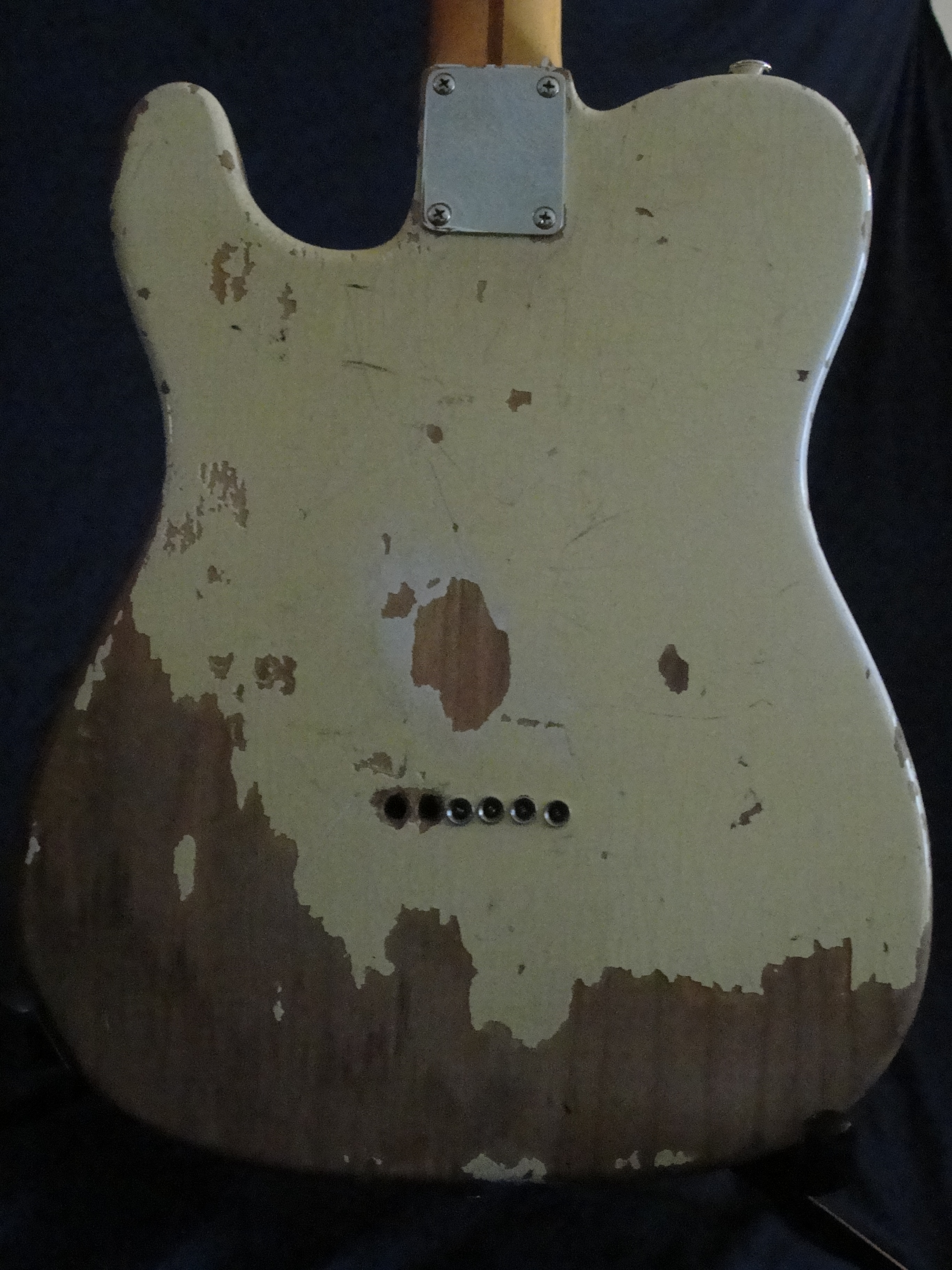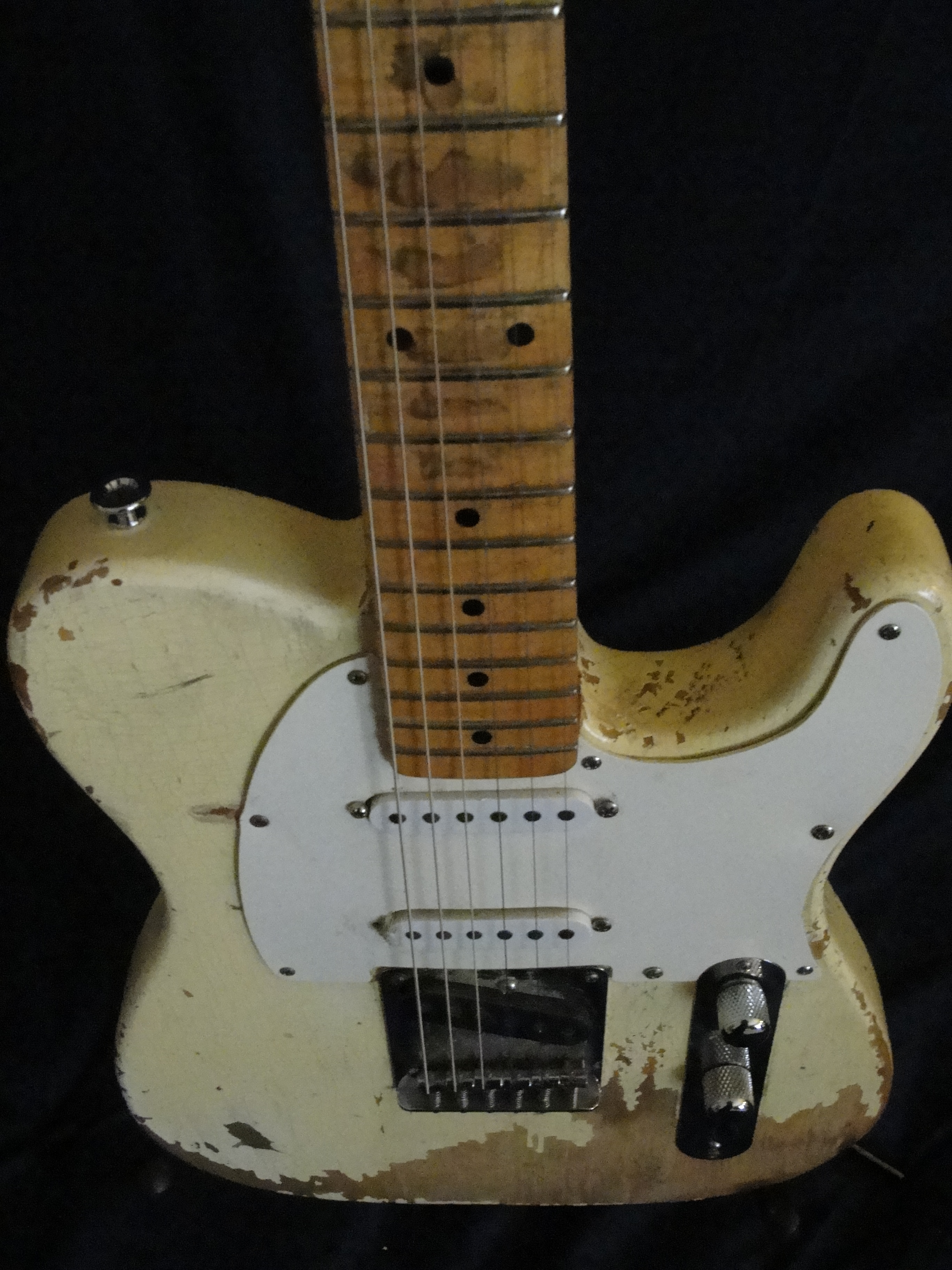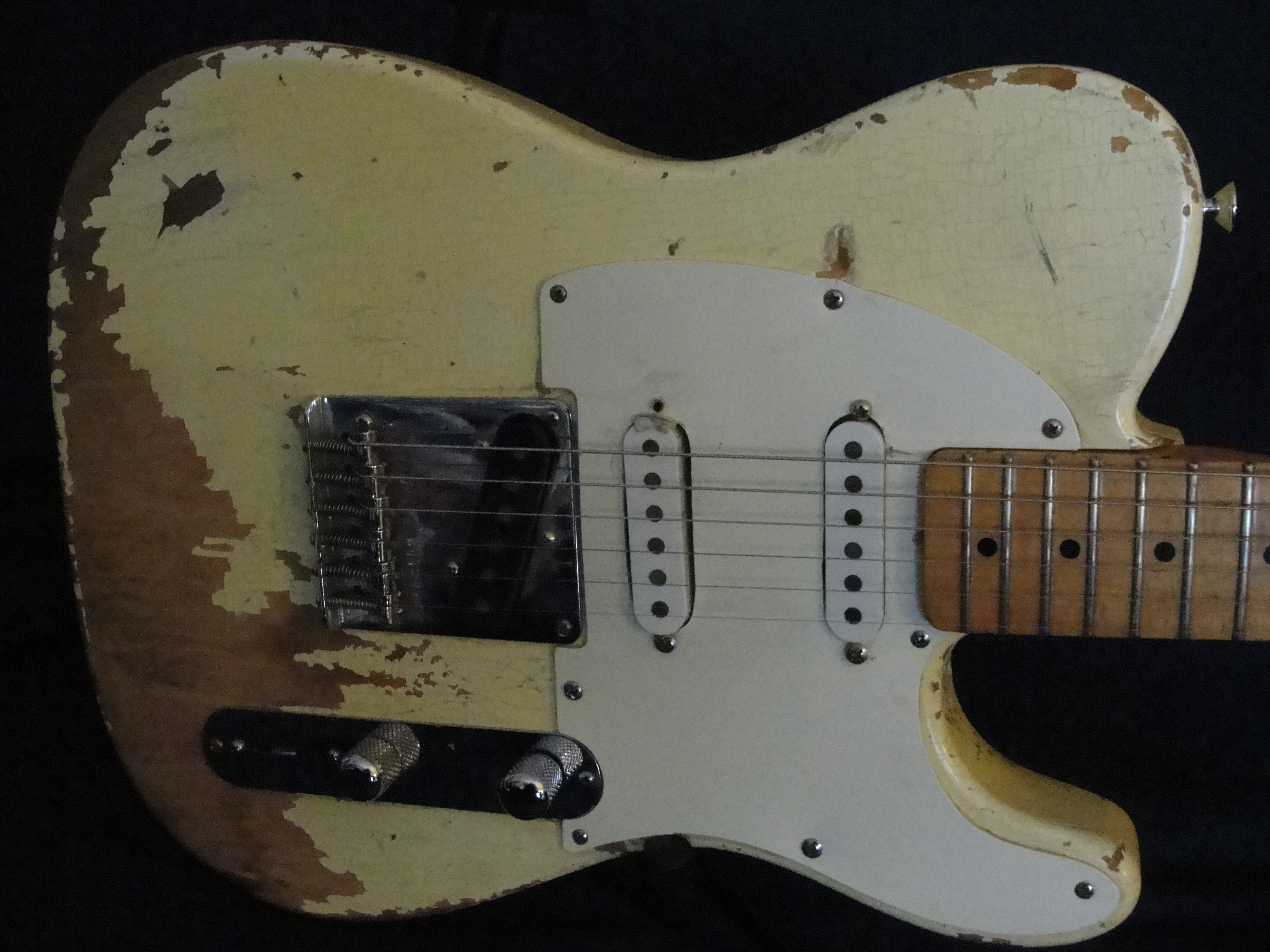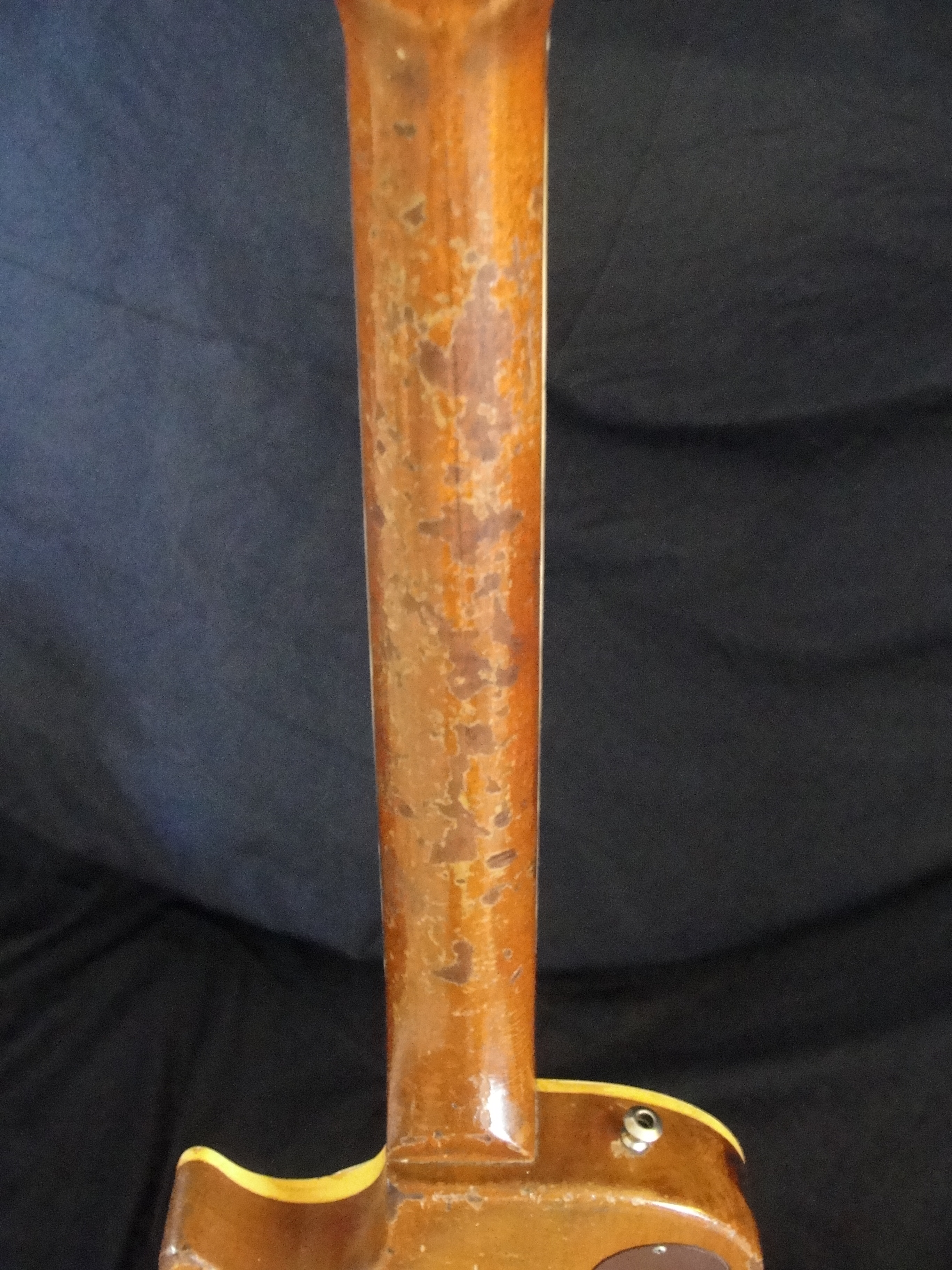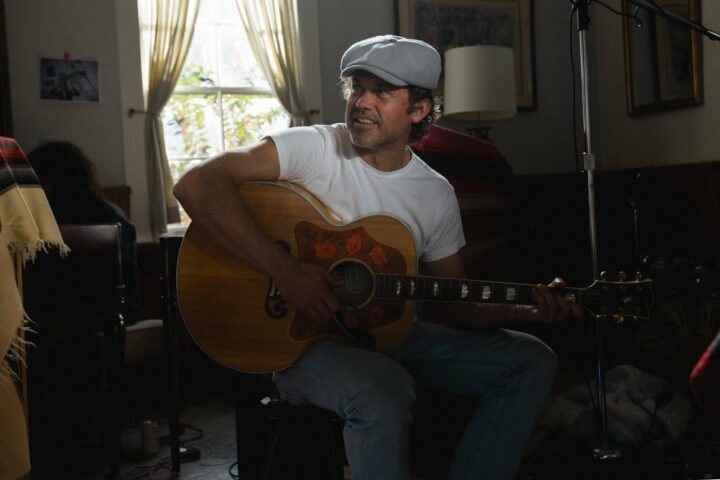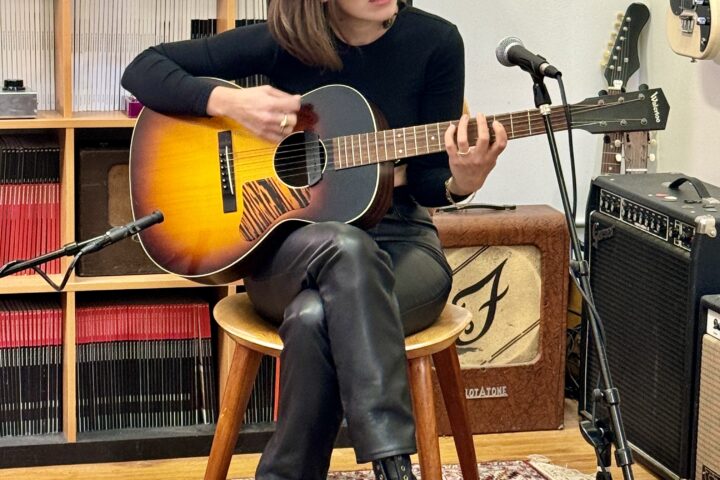My father, Jon Woodhead, has been playing guitar for a living since he was 16. His first band, formed with friends in his hometown of Reseda, Calfornia, had a deal with Warner Bros. when he was still in high school. They were working with infamous wierdo/genius/producer Kim Fowley when the band, and the deal, fell apart.
He moved on to play with John Stewart of the Kingston Trio and “Daydream Believer” fame, touring and playing on his Fire In the Wind album. Following his time with Stewart, he joined Paul Carrack’s Ace (“How Long”), playing on the No Strings Attached album, and touring the US and UK. His next big job was with Leon Russell, touring extensively, and playing on the Americana album. The ‘80s were spent mostly raising my brothers and sisters and I, while still playing regularly on the local circuit.
Almost all of the ‘90s were spent crisscrossing the US with Maria Muldaur (“Midnight at the Oasis”). Eventually, Leon and my dad reconnected, resulting in a few more years together in the early ‘00s. He met his wife Beatrice while playing with Leon, and eventually ended up in Denver with her. He was very active in the local music scene, playing in a group led by Hot Band drummer Jon Ware for a few years, as well as a handful of other local groups. He is now back home in the San Fernando Valley where he grew up, still playing for a living, recently recording a new album with long time friend and former collaborator Wayne Sharp of the late Michael Burks’ band, among a host of other regular gigs and projects.
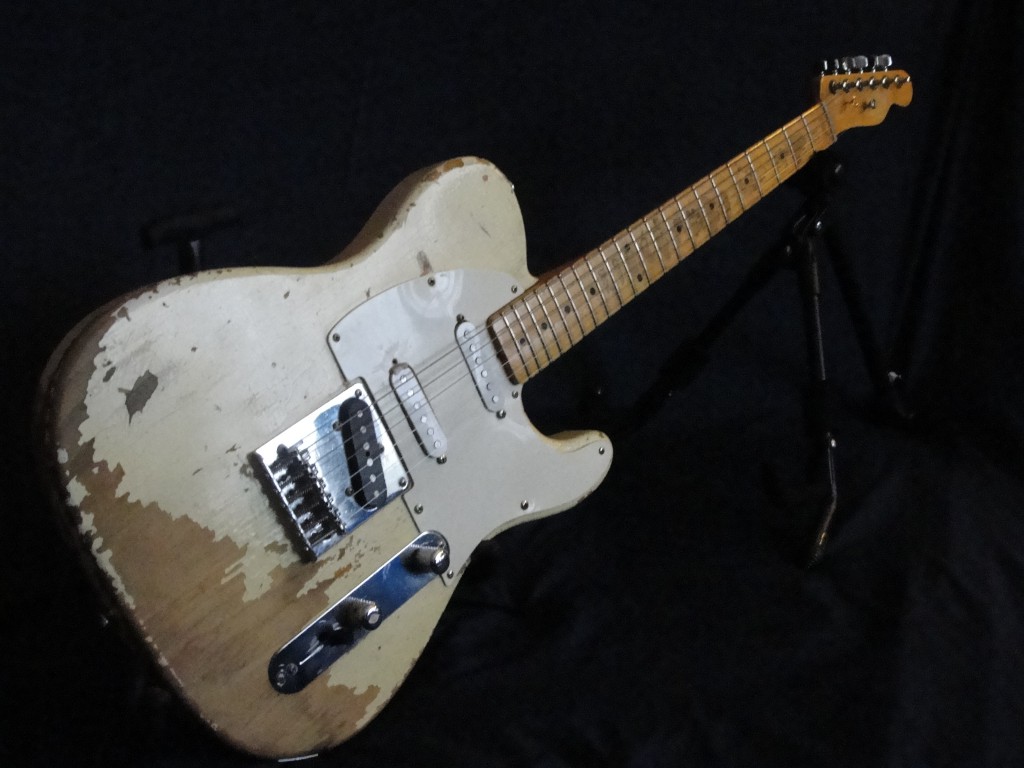
The Tele, which he acquired in 1980, is kind of a mutt. The super chunky neck is from Mighty Mite, and the body is most likely something similar, with Strat style pickups. This has been his go-to for slide playing for years, with a brass nut and the action set high. The thin yellow finish at this point is all but obliterated, but it tells the story of a life on the road perfectly; the checking even resembles a map of imaginary counties or states! I learned to play using this guitar and one of his old Super Reverbs back when I was a teenager.
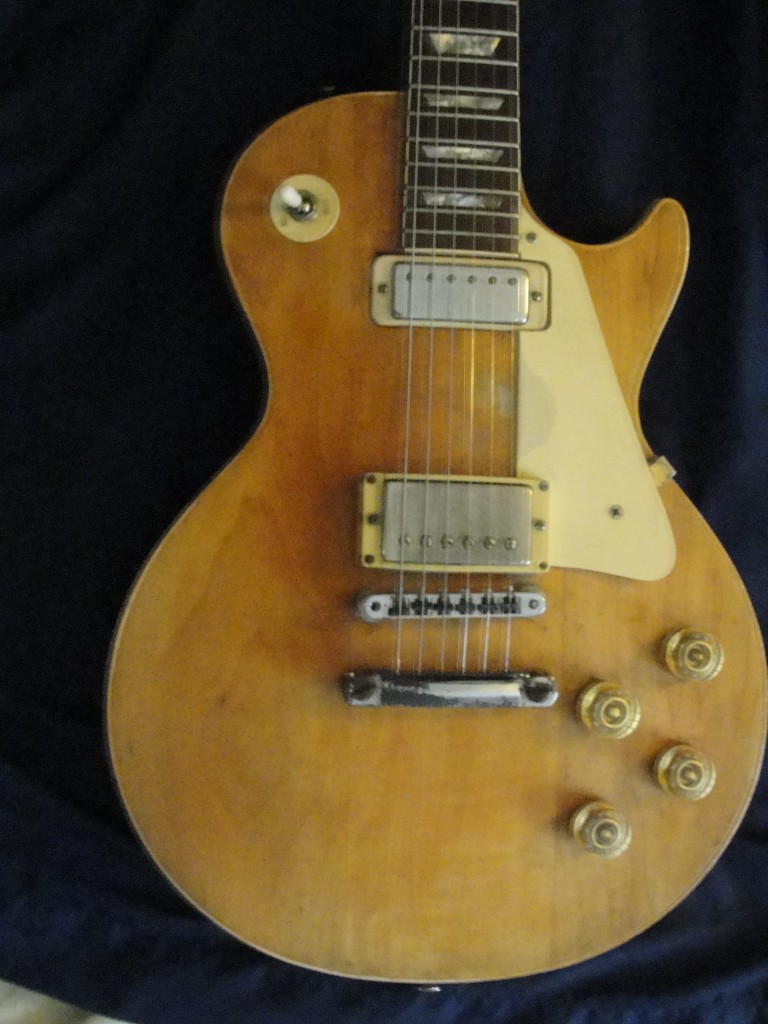
The Les Paul is a 1969 Deluxe. The original Goldtop finish was stripped fairly soon after he got it in 1971, which was apparently popular at the time, and the mini humbucker in the bridge was swapped for a full-sized humbucker. Sometime in the ‘90s, he installed a Groove Tubes Fathead brass sustain plate on the back of the headstock. This has been his workhorse guitar ever since he purchased it, and it carries the scars and wear a well loved and constantly played guitar does after 40+ years.
The condition of both guitars my seem to show a disregard for their well being, but believe me, both sound, play and feel like expertly tuned tools. On the side of the Les Paul, he has written the word “Surrender,” to remind himself to give up any preconceived notions, intentions, negativity, fear, pride, etc., and just give himself fully to the music and to expressing himself with his instrument. My father has been in the trenches his whole life, has seen stadium crowds and empty bars, toured in fancy buses and barely roadworthy RVs, all in the name of his art. His perspective on playing and the music community is really unique because of this.
He may not have tasted the success that scores of lesser players have, which has been heartbreakingly discouraging at times, but his playing is so much richer and soul-touching for all of the highs and lows. His soulful, fiercely expressive playing has been the biggest inspiration for me and my brother James also becoming musicians. I hope my own guitars (including a very similar originally gold/now blonde ‘74 Les Paul Deluxe!) will look like his do after 40 years of playing.
[Editor’s note: If you have a great guitar story you’d like to share with FJ readers, reach out to us here.]
